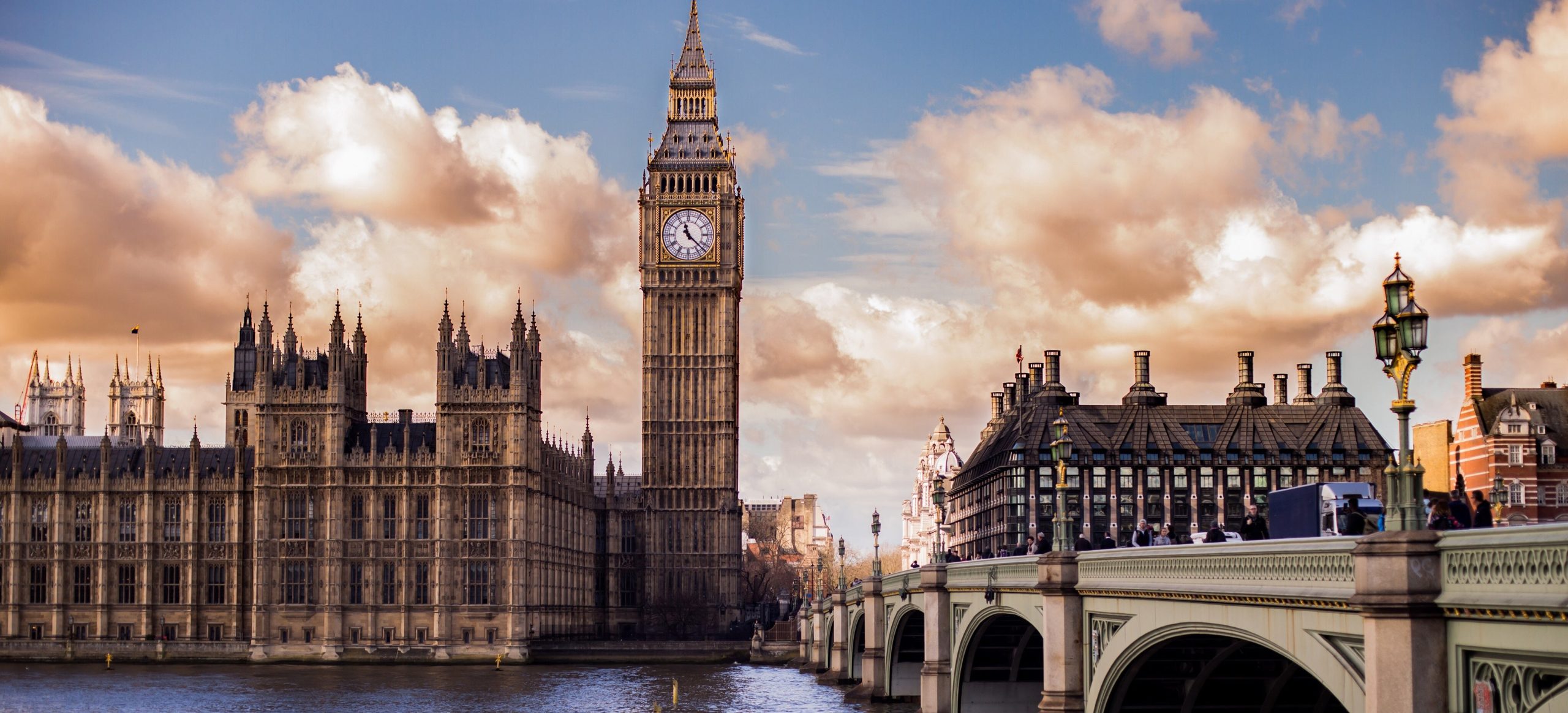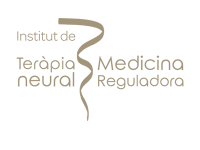Bipolar Disorder Treatment

13 Minutes
CONTENTS
Bipolar disorder, a type of mental condition that causes serious psychological imbalance, is characterized by extreme changes in energy and mood levels. The bipolar disorder produces severe differences in cognitive performance, emotional states, judgment, and behavior, in addition to typical mood swings. Based on the type of bipolar disease and the severity of the symptoms, people with bipolar disorder can go from depressive episodes to manic states in a couple of weeks or even days. Bipolar disorder has a wide range of consequences, including relationship problems, occupational challenges, a higher suicide risk, and a general reduction in quality of life.
Substance addiction is more common among people with bipolar disorder than it is in the general population. According to the National Alliance on Mental Illness, more than half of people with bipolar illness (56%) have abused or are reliant on illegal drugs, while 44% have abused or are addicted to alcohol. When serious bipolar disorder is combined with an alcohol or drug addiction, the risk of harmful consequences rises. These patients can benefit from a mix of therapies, including psychiatric drugs, personal and group counseling, and intense substance abuse treatment.
As per the Archives of General Psychiatry, over 2.6 % of people had suffered bipolar illness in the previous year, with nearly 83% of these instances being severe. Bipolar disorder, formerly known as manic depression, is described as a period of despair followed by high emotional episodes of mania. The term “bipolar” refers to these opposing mental states.
Depending on the type of condition present, the length of time people spend in either phase can vary.

Bipolar disorder is a complicated condition that is frequently misdiagnosed for a variety of reasons. One of the reasons for bipolar illness misdiagnosis is because it involves broad trends and patterns throughout time rather than specific symptoms that a patient may be experiencing at all times. A patient’s current mood changes may signal that they are in a transitory state that will pass in a few months or perhaps years.
Bipolar disorder patients exhibit a wide range of moods and patterns of behavior, which can change substantially based on when they have been examined. They may suffer from severe depression for months at a time, followed by bursts of mania. Their symptoms might last for a long time and present in different ways during various manic or depressive episodes.
Bipolar disorder is especially difficult to diagnose since it frequently coexists with some other psychiatric conditions, resulting in the stacking of symptoms from many disorders. It might be difficult for a mental health expert to sort through the person’s different symptoms and determine how they connect to certain diseases. The patient’s symptoms may fluctuate regularly, making it even more difficult to determine their specific problems.
There is no definitive treatment for bipolar disorder at this time. Despite this, there are treatments and therapies available to help control the symptoms of this disorder. One of the main goals of this type of treatment is to make mood episodes less common and less intense when they do occur. Therapies are also intended to assist you or a loved one is functioning on a daily basis and leading a productive life at work and at home. Self-injury is also prevented with treatment of mental disorders. To achieve these objectives, a range of treatments and therapies may be used.
Rehabilitation is an important aspect of the most successful treatment for bipolar disorder, in addition to drugs and treatments. It entails both residential rehabilitation and follow-up treatment and counseling.
A person can live in an upscale residential rehab center while undergoing treatment. Along with individual treatment, many luxury rehab institutions provide family or group therapy programs. Premium Rehabilitation centers provide a number of benefits, including:
Holistic Treatment: It enables comprehensive treatment with the help of mental health professionals, such as meds, psychotherapy, cognitive behavior therapy, and biofeedback. They provide a variety of programs centered on overcoming anxiety, stress management, codependency education, and coping skills improvement, among other things.
Monitoring: The qualified and experienced staff can assist in the establishment of a normal routine by regulating regular meds, psychological counseling, sleep schedules, and so on.
Medical supervision is available 24 hours a day, seven days a week while in rehab. Continuous monitoring of the condition of the patient, symptoms, and progress allows for quick treatment modifications if necessary.
Relapse Prevention: Continuing treatment reduces the risk of relapse after stopping medications. The patient can use the coping skills and strategies learned in therapy throughout their lives.
Build a support system: Upscale, 5-star Rehab programs provide and foster a strong support network for many people who are seeking treatment for the same mental illness.
They hope to provide stabilization programs that will keep people motivated to undergo treatment with as little interruption as possible in order to live a healthy life.
Manic, bipolar depression, can be treated in a variety of ways, including medication and cognitive-behavioral therapy. Medicines are frequently seen as an important part of the treatment of bipolar illness. Mood stabilizers are typically among the first drugs used to treat this condition. The purpose of these drugs is to help people avoid the emotional swings that come with bipolar disorder. Antipsychotics and Antidepressants are examples of drugs that may be utilized in your treatment.
Treatment with Cognitive Behavioral Therapy (CBT)
Support groups, as well as cognitive behavioral therapy, are an important aspect of treating bipolar disorder. The goal of this therapy is to retrain your brain to react and think differently in different situations. Most people that suffer from this disease may discover that talking to others who are going through the same problems and symptoms might help them. One of the objectives of such high-end rehabilitation programs is to help you learn to manage the depressive symptoms that you may be experiencing.
It will also be critical for you to understand how to get enough sleep and how to effectively manage insomnia, which is a typical problem among bipolar patients. Because recreational drug use is thought to be a cause for depressive or manic episodes, your treatment regimen may include instruction on how to avoid recreational drug use. You’ll also learn how to recognize what can set off a more severe manic mood episode in you and how to avoid such triggers.
Social rhythm and Interpersonal therapy
For the management of the other symptoms of bipolar disorder, social rhythm therapy is frequently paired with interpersonal therapy. Circadian rhythms, the internal timekeepers that regulate biological clocks, are thought to be hypersensitive in those with bipolar disorder. Interruptions in your regular pattern of behavior, commonly known as your “social rhythms,” can simply throw this clock off. The goal of social rhythm therapy is to keep social rhythms including sleep, meals, and exercise in check. When these cycles are consistent, so are the biological rhythms that control mood.
Interpersonal therapy concentrates on the present relationship problems and helps you strengthen your relations with people who matter most to you. This sort of therapy relieves stress in your life by identifying and resolving interpersonal issues. This relationship-oriented process can help decrease mood cycling because the mental strain is a trigger for manic symptoms as well as a risk factor for bipolar disorder.
Family-focused therapy
Having to live with a bipolar individual can be challenging, putting pressure on familial and marital ties. These concerns are addressed in family-focused therapy, which works to promote a positive and healthy environment at home. One of the most important aspects of treatment is training family members about the illness and how to deal with its signs and symptoms. Treatment also focuses on resolving family problems and increasing communication.
The following are some of the most evidence-based psychosocial bipolar disorder treatment modalities:
Group Therapy: One or more psychotherapists work with different patients at the same time in this type of therapy. It is indeed part of a larger therapy strategy that involves various therapies and drugs. Patients with bipolar illness at varying phases of treatment were included in the cohort. Patients gain hope when they see others who are struggling with and healing from the same sickness they are.
Occupational therapy helps patients with bipolar disorder function in everyday life. Given the potential for this condition to have a negative influence on mental health professional and on your employment, therapy becomes critical.
Supported Employment: This is a program that assists persons with mental illnesses, cognitive disabilities, and brain injuries in finding and keeping jobs.
Social Skill Training: The psychotherapist in this therapy technique concentrates on enhancing interpersonal relationships. The focus of the training is on both nonverbal and verbal behaviors that are often utilized in social interactions. Group or individual training can be used to improve social skills.
Although medications are generally the core component of bipolar disorder treatment, patients also need ongoing psychotherapy to help them accept and understand the individual and interpersonal disruptions of previous episodes and cope better with future ones. Cognitive-behavioral treatment, social/interpersonal rhythm therapy, group therapy, and family therapy have all been demonstrated to promote a speedy recovery and enhance functioning in people with bipolar disease. Furthermore, because denial is a common issue (and keeping to drugs can be particularly difficult in adolescents), regular counseling helps patients continue on their medications.
Electroconvulsive therapy (ECT) is often used for highly manic or depressed individuals who do not respond to medicines or for women who experience psychotic symptoms while pregnant. It may be especially useful for extremely unwell individuals who are at great risk of committing suicide because it can act swiftly. The media’s misleading and unfavorable depictions of ECT’s use contributed to its decline in popularity in the 1960s. Modern methods, on the other hand, have been demonstrated to be both harmless and successful. The client is first sedated and given a muscle relaxant. Then, while the individual is sleeping, a small electrical current is given through electrodes on the scalp to cause a brief grand mal seizure (less than 60 seconds). A treatment regimen normally consists of six to twelve treatments, which are usually given 3 times each week. Lithium and other mood-stabilizing drugs are occasionally stopped during ECT treatments, which normally last two to four weeks, to reduce side effects. They are then continued after the treatment is completed.
The following are some of the more recent non-pharmacological depression treatments:
VNS (Vagal or Vagus Nerve Stimulation) is a treatment for depression that includes the insertion of a device that provides electrical impulses to the Vagus nerve.
TMS (Transcranial Magnetic Stimulation) is a treatment for depression that requires using an electromagnetic coil to generate electric pulses and activate nerve fibers in the brain’s emotion centers.
When bipolar disorder is linked to seasonal affective illness, light therapy has been shown to be effective as an extra treatment. Sitting in front of a customized light source with a full-spectrum light for 20 to 30 minutes per day can benefit people who are depressed throughout the winter.
Individuals suffering from bipolar disorder may find that upscale residential inpatient bipolar treatment programs are effective. The fact that you will be living in a high-end center while undergoing therapy is what distinguishes a residential facility from other treatment choices. Most people may be fearful of being away from home, but there are several benefits to being in a residential treatment facility.
Residential Bipolar Disorder Treatment Programs Have Many Advantages
There are various advantages to residential bipolar illness treatment programs. One of the most significant advantages of this type of institution is that you will be likely to access medical supervision all around the clock while receiving treatment. Because of the danger of self-harm that comes with bipolar disease, medical care is essential, especially if you’re going through a serious manic or depressive episode. Medical personnel will also be present to help you regulate your daily schedule that also include your sleeping habits.
Additionally, as a component of your personal treatment plan, you will be able to receive professional guidance with the usage of medications. If you’ve had trouble controlling your medicine in the past, this form of monitoring can assist ensure you’re taking your drugs exactly as prescribed.
There are a variety of residential treatment institutions, especially luxury facilities, that specialize in the management of bipolar illnesses. This sort of treatment facility may be best for you if you want to maintain your privacy while receiving treatment or if you want to be in a relaxing setting. A luxury treatment center’s amenities may vary, but they usually include exercise programs, private lodgings, spa therapy, and delicious food.
Programs for Executives with Bipolar Disorder
Executive bipolar disorder programs are available for CEOs and other professional people who need expert support in treating their disease but also need to retain a significant presence in their workplace. You’ll be able to get the care you need while still running your business if you go to an executive bipolar disorder clinic. This is frequently made possible by the availability of several amenities, such as a business center.
There are also outpatient bipolar illness rehab and treatment options. If you are unable to leave your house for treatment, these types of institutions may be helpful. If you’ve already completed a residential treatment program and want to continue therapy on an outpatient basis to avoid relapse, an outpatient rehab program may be right for you. Please call us immediately if you would like to talk to somebody about your bipolar disorder or if you believe someone you care about might benefit from joining a treatment program.
If you take bipolar disorder medications you’re interested in the subject of over-the-counter and prescription medications, you should know that bipolar illness can be treated with a range of medications. Medications for treating this disease are usually prescribed by a psychiatrist. Bipolar disorder is currently not managed with over-the-counter drugs.
The goal of luxury inpatient rehab centers for bipolar disorder is to provide thorough bipolar disorder care and treatment, including a detailed discharge plan and follow-up services. These services ensure that everyone seeking treatment for bipolar disorder obtains a long-term care plan, ensuring that there is no risk of relapse once treatment is completed. Furthermore, people who come to the high-end treatment centers for bipolar disorder treatment receive ongoing care from our staff, who evaluate their specific needs and develop an effective treatment plan.
The high-end treatment facilities also provide presentations and one-on-one meetings to help patients set up any follow-up consultations they may need after their discharge.
Seeking assistance is not a sign of insecurity; it is a sign of confidence. The premium treatment center for bipolar disorder is the place to go if you or anyone you know is suffering from bipolar disorder. We’ve always given our patients the best possible care and helped them get back on course to a happy and enjoyable life. We can help you live the life you’ve always wanted.
If you or somebody you care about struggles with bipolar disorder, it is indeed critical to know where to look for the best treatment. There are various facilities across the country that provide a range of rehabilitation programs. As a result, your initial step should be to choose a treatment center that specializes in bipolar illness treatment. When looking at other choices, see if the facility has medical professionals who have specialized in the treatment of these problems. You should also inquire well about the patient-to-staff ratio and the treatment center’s turnover rate. Many potential patients and families may find it beneficial to learn about the facilities and services provided. Finally, you should learn everything you can about the therapeutic options available to you.
Bipolar disorder has been identified in over 2 percent of the world’s population, as per a CNN article. The US has the highest occurrence rate of this disease. Luckily, there are a variety of bipolar illness treatment programs to choose from. Although this illness can interfere with your daily activities, it is essential to improve your quality of life with treatment.
FAQs
What causes a manic episode?
The following are some potential triggers for a bipolar episode:
Having a first-degree relation who suffers from bipolar disorder is a risk factor.
High-stress situation
The loss of a dear one
Any kind of painful experience
Abuse of alcohol or other drugs
Is it possible to treat bipolar disorder without medication?
Medicines are essential for managing bipolar disorder’s severe symptoms. Medications, psychotherapy, and changes in lifestyle are all recommended in bipolar disorder clinical guidelines. Changes in lifestyle and therapy have a gradual but substantial effect on symptomatic treatment. The following are some examples of lifestyle changes:
Good night’s sleep
A well-balanced diet
Exercise
Keeping through with treatments
HOW THE BALANCE CAN HELP WITH Bipolar
The Balance RehabClinic is a leading provider of luxury addiction and mental health treatment for affluent individuals and their families, offering a blend of innovative science and holistic methods with unparalleled individualised care.
A UNIQUE METHOD TREATING Bipolar
a successful and proven concept focusing on underlying causesOur program consists of treating only one client at a time individually designed to help you with all the problematic aspects of your life. All individual treatment sessions will be held at your private residence.
more infoYour program is designed based on your personal needs. The team will exchange daily information and adjust the schedule as we go. Our therapists will work with you treating the root causes and not just the symptoms and goes beyong your stay to ensure lasting success.
more infoOur biochemical imbalance can be affected by diet and stressful life events, but it often goes back to genetics and epigenetics. We do specific biochemical laboratory testing to determine an individual’s biochemical imbalance. Combining the results of the lab tests with anamnestic information and clinical tests, we prescribe an individualized and compounded vitamin, mineral, nutrient protocol to help recover from various disease states.
more infoOur experts combine the best from psychological treatment, holistic medicine to support you individually and providing complementary therapies all coordinated from one source working complementing each other integrative.
more infoUsing latest cutting-edge technology-based therapies such as Neurofeedback, tDCS, and SSP, we can track the biological patterns of your body, giving us valuable insight into your health and well-being as well support your brain and body performance and recovery with neuromodulation.
more infoComplex trauma is often a key factor to distress mental and physical state. The Balance provides a safe space along integrated trauma treatment methods to enable healing.
more infoBipolar TREATMENT LASTING APPROACH
0 Before
Send Admission Request
0 Before
Define Treatment Goals
1 week
Assessments & Detox
1-4 week
Psychological & Holistic Therapy
4 week
Family Therapy
5-8 week
Aftercare
12+ week
Refresher Visit
Bipolar Insights
latest news & research on Bipolar
Dysphoric Mania
Dysphoric mania is an intricate and demanding state because it combines the features of mania, such as increased energy and impulsivity, with the signs of depression and its discomfort
read more
Bipolar Disorder: Common Misconceptions & Our Unique Approach
Bipolar Disorder is one of the most common mental health conditions in the world. It is estimated that every 1 out of a 100 people have bipolar disorder.
read more

































































